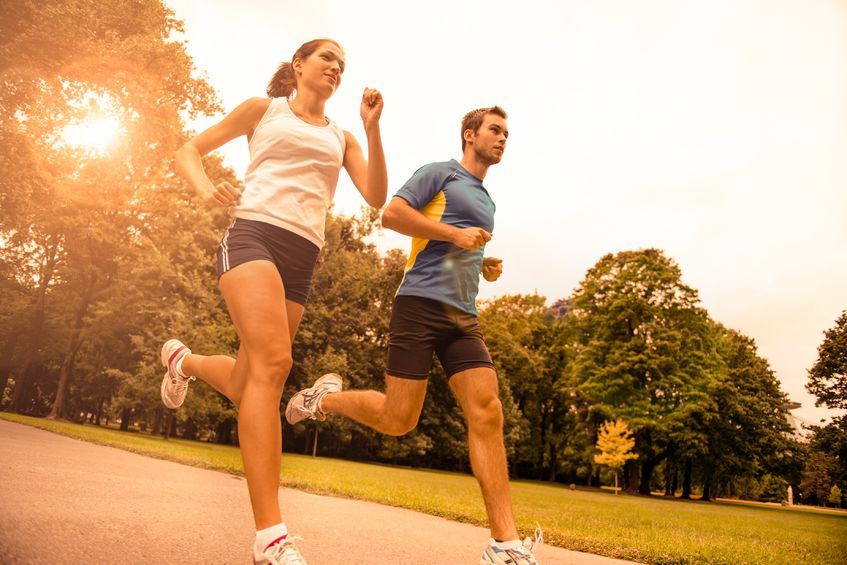Lower body weights, healthier hearts, and stronger bones are some of the benefits of walking and running. Both physical activities are great forms of exercise people should do at least twice a week.
According to the Physical Activity Guidelines, do a minimum of 75 to 150 minutes of strenuous activity and 150 to 300 minutes for moderate exercises. Doing either way still gives you the same benefits as above.
But which exercise is right for you? Although walking has the same benefits with running, the right physical activity would greatly depend on what you want to achieve.
What are your exercise goals?
Maximizing Calorie Burning
Although running and walking are excellent exercises, they differ in the number of calories they burn. This is according to the chief cardiology at Hartford Hospital, Paul D. Thompson. If you only do brisk walking yet calorie burning is your ultimate goal, you may want to consider running.
Brisk walking for 30 minutes burns about 156 calories. However, you can double that when you run. The latter burns more calories per minute as it demands more from your body, Mr. Thompson has said. However, you can always walk longer than you run to burn the same calories.
Being active helps you lose weight yet research has shown it has to be accompanied with calorie restriction too. Women need 1200 calories and 1400 for men. If you want to lose weight, consider consuming 40 percent fewer than the standard calorie intake.
How About Heart Health?
In a data provided by the National Runners’ and Walkers’ Health Study, researchers found that runners typically have a 4.5 percent lower risk of getting a cardiovascular disease than people who practice a sedentary lifestyle. Brisk walkers, on the other hand, who had the same amount of energy – burned the same amount of calories and had a 9 percent risk level lower than inactive people.
Both running and walking are healthy for the heart.
Reducing Belly Fat
HIIT or high-intensity interval training is the perfect workout for reducing visceral fat according to research. This fat is situated in the abdominal cavity which can trigger metabolic changes and increased insulin resistance.
Reducing this fat albeit not losing weight, can still improve your overall health.
Doing HIIT is a great way to alternate higher intensity intervals with lower-intensity workouts. You get the same benefits without too much stress on your body.
Running Doesn’t Lead to Arthritis
In a study published by Arthritis Care and Research, runners had a 15 percent lower risk of osteoarthritis and 35 percent lower for a hip replacement than those who aren’t active.
Researchers found out runners normally have lower BMIs which means running puts less stress on their joints.
If walking is your main exercise, increase your speed gradually. Do it one day at a time.
Which One is the Best Exercise For You?
It isn’t a question of what is the best exercise but whether you actually get out and stay active. The bottom line is both exercises are beneficial to the body. If you want to find out which would suit you best, determine what you can consistently do in the long-run. As you make progress, you can then switch or alternative both exercises.

Hi all, I ‘m Mark Delano a full-time writer and editor for HealthyMale.com.
I post about products and treatments that work for me.
View My Profile | View All My Posts

